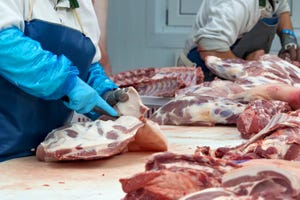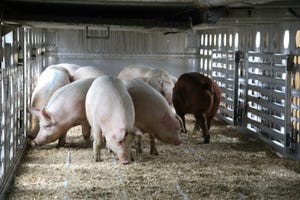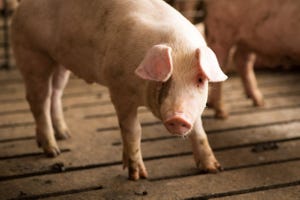Net energy and dietary fiber effect finishing pigs
Understanding how pigs respond to changing dietary energy concentrations is essential to achieving the most profitable dietary energy level.
May 23, 2018
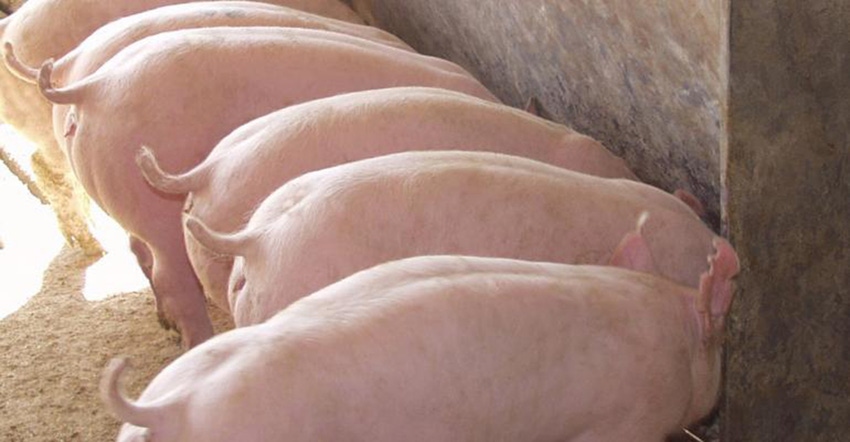
Source: PIC
Dietary energy is the top cost in a pig’s diet. Understanding how pigs respond to changing dietary energy concentrations is therefore essential to achieving the most profitable dietary energy level and increasing the probability of maximum profitability.
PIC undertook a study to measure the effects of a wide range of dietary net energy concentrations and fiber amounts on the growth performance, survivability and carcass characteristics of grower-finisher pigs under commercial conditions. Diets met or exceeded PIC and National Research Council requirements.
The 97-day trial was conducted at a commercial grow-finish research barn located in western Canada in the fall of 2017. There was a total of 2,058 PIC (380 x Camborough) gilts and barrows included.
Results showed that increasing net energy and reducing dietary fiber:
• Increased ADG
• Increased G:F
• Reduced removal rate (and vices)
• Slightly increased mortality
• Increased hot carcass weight
• Increased backfat
• Reduced lean yield
• Increased carcass yield
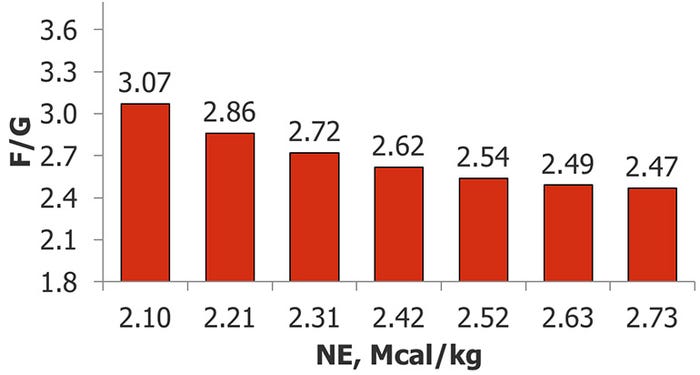
Effect of net energy on feed over gain
Specifically, as illustrated above, when net energy increased from 2.1 to 2.73 Mcal NE/kg:
1) F/G improved from 3.07 to 2.47;
2) Hot carcass weight increased from 100 to 110 kg; and,
3) Head-on carcass yield increased from 76.4 to 79.3%.
You May Also Like
